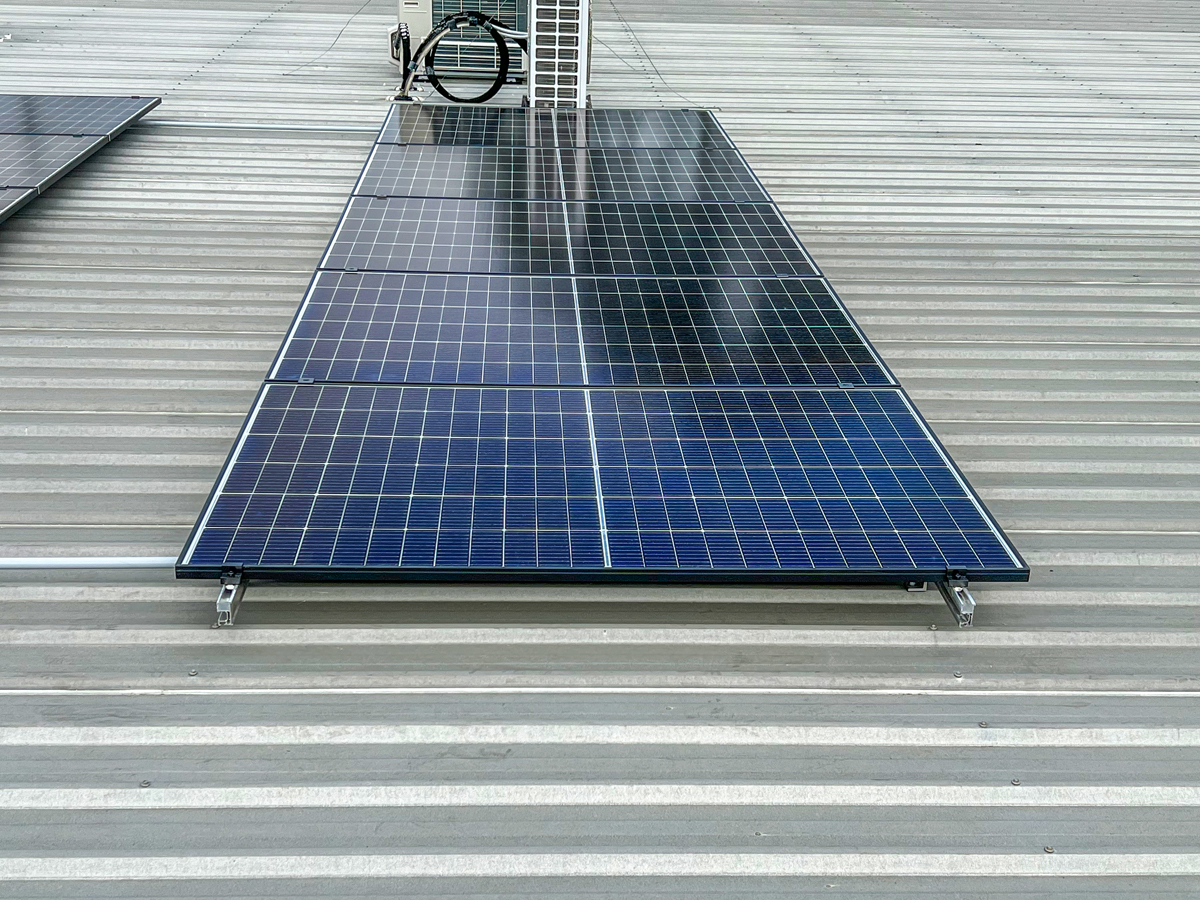Renewable Energy Systems – Best Options to Reduce Carbon Footprint
As the world fights climate change, individuals and businesses seek effective ways to reduce their carbon footprint. One of the most
impactful strategies is the adoption of renewable energy systems. This blog explores various renewable energy options and how they can help
you contribute to a cleaner, more sustainable future.

Understanding Carbon Footprint and Its Impact
A carbon footprint refers to the total greenhouse gas emissions caused directly and indirectly by an individual, organization, event, or product. It is measured in carbon dioxide equivalents. Burning fossil fuels for energy causes greenhouse gas emissions, leading to climate change and its adverse effects. Choosing renewable energy sources can significantly reduce these emissions.
The Power of Solar Energy
Solar energy is one of the most accessible and popular forms of renewable energy. Photovoltaic (PV) panels convert sunlight into electricity, powering homes, commercial complexes, and electric vehicles. By installing solar panels, you can reduce your dependency on fossil fuels, reduce your energy bills, and decrease your carbon footprint.
Benefits of Solar Energy
- Sustainability: Solar energy is abundant and inexhaustible, making it a sustainable option for future generations.
- Reduced electricity costs: Generating electricity through solar energy leads to significant savings.
- Incentives and rebates: Many governments offer financial incentives for solar installations, making them more affordable.
Wind Energy: Harnessing Nature’s Power
Wind energy is another promising renewable resource that can help reduce your carbon footprint. Wind turbines convert kinetic energy from the wind into mechanical power, which can then be transformed into electricity.
Advantages of Wind Energy
- High efficiency: Wind turbines can produce a large amount of electricity, even at low wind speeds.
- Low operating costs: Wind farms have low operating and maintenance costs once installed.
- Job creation: The wind energy sector creates numerous jobs, contributing to economic growth.
The Role of Hydropower
Hydropower utilizes flowing water to generate electricity, making it a reliable and efficient renewable energy source. Dams and river systems can be harnessed to produce energy with minimal emissions.
Hydropower Benefits
- Consistency: Hydropower plants can offer a stable and consistent energy supply.
- Multi-use projects: Many hydropower systems provide recreational opportunities and water supply management.
- Lower emissions: Compared to fossil fuel energy production, hydropower significantly reduces greenhouse gas emissions.
Exploring Biomass Energy
Biomass energy is derived from organic materials, such as plant and animal waste. By converting these materials into energy, we can use resources that would otherwise cause landfill emissions.
Biomass Energy Benefits
- Waste reduction: Using waste materials for energy reduces landfill usage and methane emissions.
- Energy security: Biomass can be locally sourced, reducing dependence on imported fuels.
- Carbon neutrality: Biomass is considered carbon neutral because the carbon dioxide released when it is burned is neutralized by the CO2 absorbed during biomass growth.
The Importance of Energy Efficiency
Shifting to renewable energy sources is crucial. However, improving energy efficiency in homes and commercial places is equally important. Simple measures, such as using energy-efficient appliances, increasing insulation, and implementing smart technology, can reduce energy consumption and emissions.
Tips for Increasing Energy Efficiency
- Upgrade appliances: Invest in Energy Star-rated appliances to reduce energy use.
- Smart home technology: Use smart thermostats and energy monitoring systems to optimize energy consumption.
- Regular maintenance: Keeping HVAC systems and other equipment well-maintained ensures they operate efficiently.
Community Solar Projects: A Collective Approach
Community solar projects allow multiple participants to invest in a shared solar installation, making renewable energy accessible to those who cannot install solar panels on their properties. This collective approach elevates community engagement and increases renewable energy adoption.
Benefits of community solar projects
- Increased access: Community solar projects offer renewable energy access to renters and those without suitable roofs for solar panels.
- Lower costs: Participants can benefit from reduced installation costs by pooling resources.
- Local Economic Growth: Community solar projects can create local jobs and stimulate the economy.
Conclusion
Adopting renewable energy systems is a powerful way to reduce carbon footprint and combat climate change. Individuals and communities can contribute to a sustainable future by using solar, wind, hydropower, and biomass and improving energy efficiency. The shift towards renewable energy benefits the environment and offers economic advantages. Together, we can make a significant impact on the health of our planet for generations to come.

